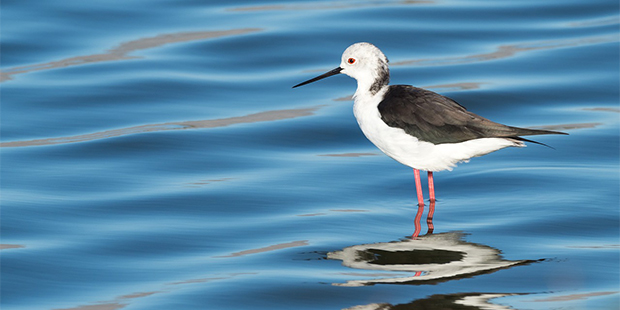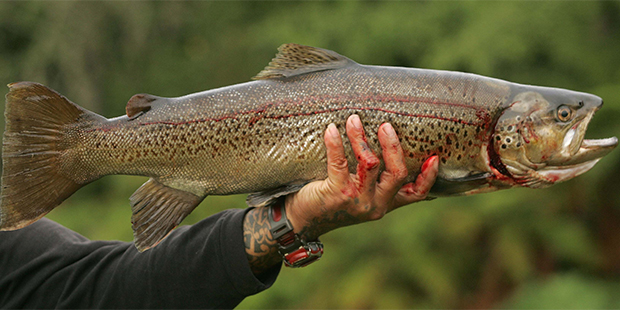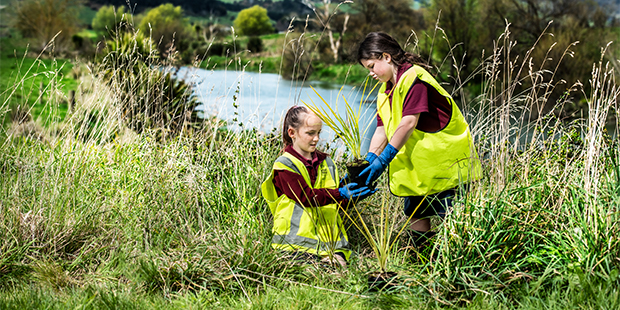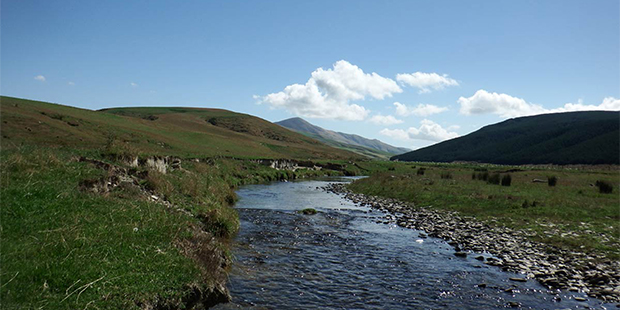Big kill boosts rare native birds
Environmental win as big focus on predators is restoring endangered river life.


A widespread predator trapping programme along the Tasman River in Canterbury is giving endangered native river birds another chance at survival.
Trappers have killed more than 20,000 predators - cats, stoats, hedgehogs and possums among them - in the area around the river over the last 15 years.
The work, carried out under the guidance of the Department of Conservation (DOC), has led to a significant recovery in the number of some bird species living and breeding on gravel islands along the river.
The population of the black-fronted tern, for example, has leapt from less than 100 when trapping began to over 600 by 2017 while the number of breeding pairs of the world’s rarest and most endangered wading bird, the kaki/black stilt, has risen from 10 to more than 30.
The Tasman programme is part of the DOC River Recovery Project aiming to restore the habitat of the upper reaches of all South Island braided rivers. As well as killing predators, work along the Tasman has also focused on spraying invasive weeds which overgrow large tracts of the riverbed and reduce the area of open gravel the birds need for breeding.
Named this month as winner of the River Story Award at the New Zealand River Awards, the Tasman project is a collective effort involving not just DOC but power companies Meridian and Genesis, iwi, farmers and other local landowners and volunteers, says DOC senior biodioversity ranger Dean Nelson.
“The concept of protecting a large-scale riverbed was very experimental [when the project began], but we’re now starting to see results,” he says.
The Tasman River is an alpine braided river and is characterised by a network of river channels separated by small often temporary islands called braid bars. It flows for 25km from below the Tasman Glacier to Lake Pukaki.
Like many of the South Island’s braided rivers, its ecosystem was under threat from introduced plants and pests (mainly lupins and broom) while introduced predators were killing the native bird species: terns, black stilts, wrybills and banded dotterel.
The river is also home to many aquatic invertebrates - Nelson says there are over 800 different species present - that provide food for birds and fish. They include dobsonflies, mayflies, stoneflies, waterboatmen and sandflies.
The spraying programme has cleared weeds from approximately 6000ha of the riverbed and Nelson believes it is likely to be an ongoing job given the difficulty of eliminating all pests. Nelson says lupin especially “causes real trouble”.
Nelson, who manages the predator trapping, says the number killed in 2017/18 alone highlights the importance of the offensive, with 592 hedgehogs, 473 stoats and 87 cats being dispatched. Over the 15-year life of the project, the total kill is 20,323 including 9290 hedgehogs, 4883 stoats, 2772 cats, 894 ferrets, 680 possums and 280 weasels.
On top of this, more than 1500 southern black-backed gulls have been shot in the last four years. DOC added the bird to the list of predators based on camera evidence they were raiding black-fronted tern nests.
“We have taken a lot of animals out of the area and I would like to think we could ultimately get predator-free,” Nelson says. “But the challenge is stopping predators immigrating from outside [the immediate Tasman habitat] so the answer could be in extending the area covered. “
Nelson says they are looking at trialling other “tools” including the use of a newly developed toxin specifically for use against cats and stoats: “It won’t necessarily be a silver bullet but hopefully will help us to become more predator-free.”
Awards judge Gerard Hutching said the Tasman River was selected because “it has been a long term operation underpinned by science and which has made significant improvements to the habitat of the black stilt, while helping to lift the populations of other vulnerable species.”
As well as the successes with the terns and stilts, dotterel numbers have remained stable throughout while wrybill numbers have risen slightly.






